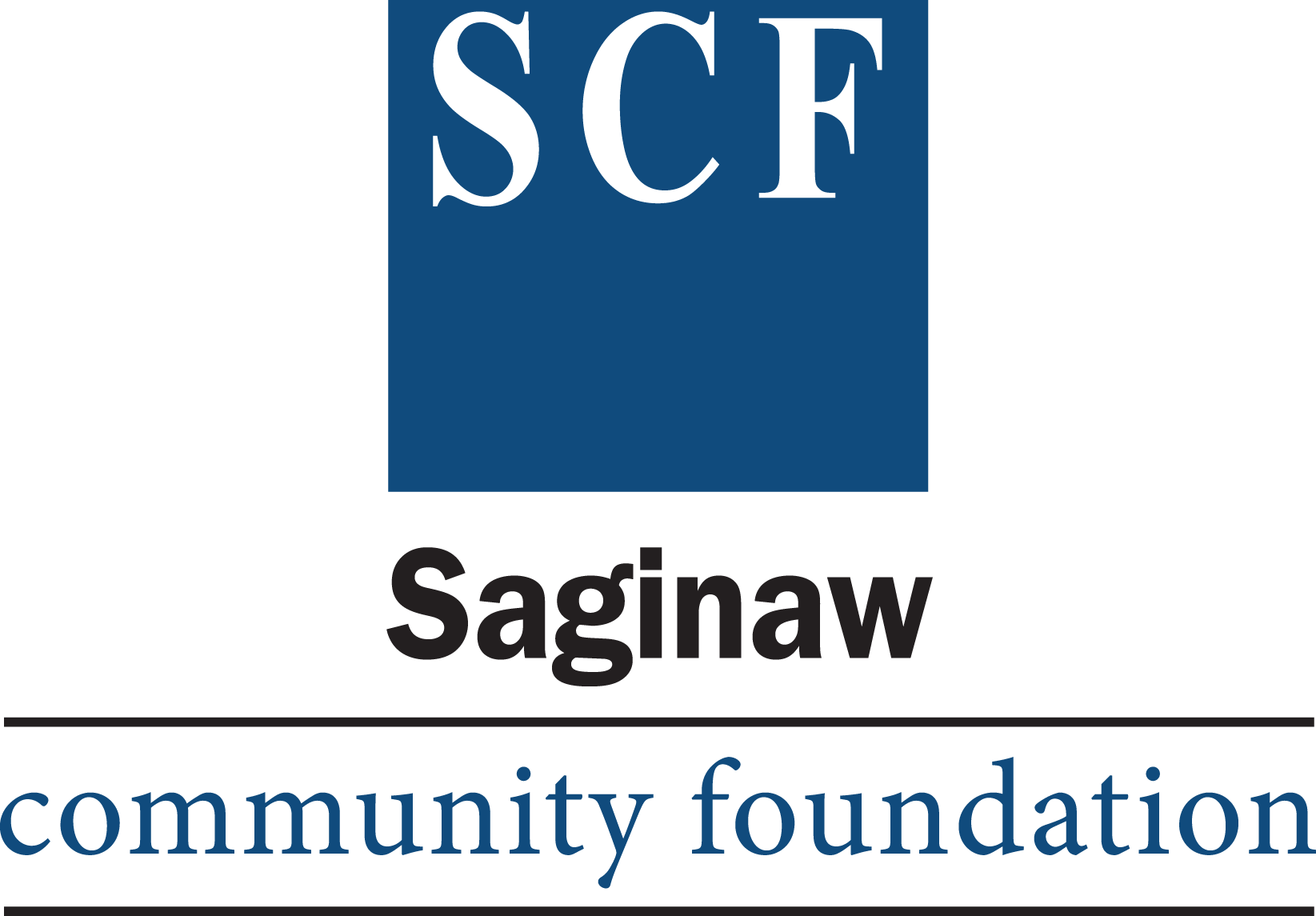There’s been a lot of buzz about the fiscal cliff. So, we wanted to share some information. If you have questions, feel free to ask in the “Comments” section of this post, or contact the foundation.
What is the Fiscal Cliff?
The Fiscal Cliff is a conjunction of tax and spending issues colliding at the end of the year. Primarily, the issues at hand include: expiration of the Bush Tax cuts; expiration of the Payroll Tax holiday; enactment of the Budget Sequestration; AMT patch expiration; unemployment extension expiration; ACA Unearned Medicare tax on Interest, dividends and capital gains; and debt ceiling expiration. All issues combined, the Fiscal Cliff is the biggest absolute tax increase/spending cut in history, and, in relative terms, is as big as the tax act of 1942.
LJPR, LCC blog sums up the issues fairly well:
The Storm of the Century: The Cliff.
The scariest of the storms, the one that puts a gleam in the eye of the Weather Channel boys, is the monster storm forming at the end of the year. This storm has four or possibly five ‘legs’ that form a cell of enormous magnitude. The legs are:
– The expiration of the Bush Tax Cuts (12/31/12), which raise taxes by an average of 17% on all taxpayers, and very adversely raise taxes on working parents and high income investors (think over 70% increase). Tag about $285 billion in tax increases on individuals, about $75 billion on businesses, the old ugly estate tax, and you have the biggest tax increase in history.
– The expiration of the payroll tax ‘holiday’ (12/31/12), or the 2% temporary cut in Social Security taxes. This increases taxes another $127 billion.
– The new UIMC tax (01/01/13) on unearned income that was added in the Affordable Care Act (ACA). This adds a 3.8% tax on interest, dividends and capital gains on unearned income for taxpayers with income over $250,000 ($200,000 if single). $24 billion more.
– The Budget Sequestration Cuts (01/01/13) take a sledgehammer and immediately knock off $109 billion in Federal spending.
– And a fifth leg, if you like it, is the expiration of the debt ceiling in or around February of 2013.
Why is this an important issue – for you and SCF?
The Fiscal Cliff profoundly affects donors and constituents of foundations. It means increasing income tax rates, additional taxes on interest dividends and capital gains and changes to the estate tax. The ACA tax increases taxes for higher income individual on dividends, interest and capital gains. Consult your investment, tax and legal advisors for information on how the Fiscal Cliff affects you.
Some possible planning considerations in anticipation of the Fiscal Cliff include:
• Repositioning assets to Roth IRAs or IRAS, moving dividend stocks to IRAs and buying municipal bonds in taxable accounts.
• Making appreciated stock donations to favorite charities or donor advised funds because one of the expiring Bush tax cuts phases out itemized deductions, including charitable contributions.
• Reducing the taxable estate with excluded gifts to family, including 529 plans for children or grandchild’s education funds. Excluded gifts shrink the taxable estate.
• Considering Roth IRA conversions to change taxable IRA’s into tax-free Roth IRA’s. The estate is reduced by the taxes on the conversion, and a Roth IRA is not subject to Required Minimum Distributions (RMD). In addition, a Roth IRA may be left to an heir (like a child or grandchild) tax-free.
• Offsetting a Roth conversion with a charitable deduction.
Learn more
If you have questions, contact your professional advisors or Reneé Johnston, president/CEO of the Saginaw Community Foundation, at 989-755-0545. You also can read The Perfect Tax Storm: Prospective Expiration of the Bush Tax Cuts, a white paper giving an overview of the income and estate tax effects for individuals and nonprofit institutions.
The Saginaw Community Foundation also can provide presentations and additional information, upon request.
